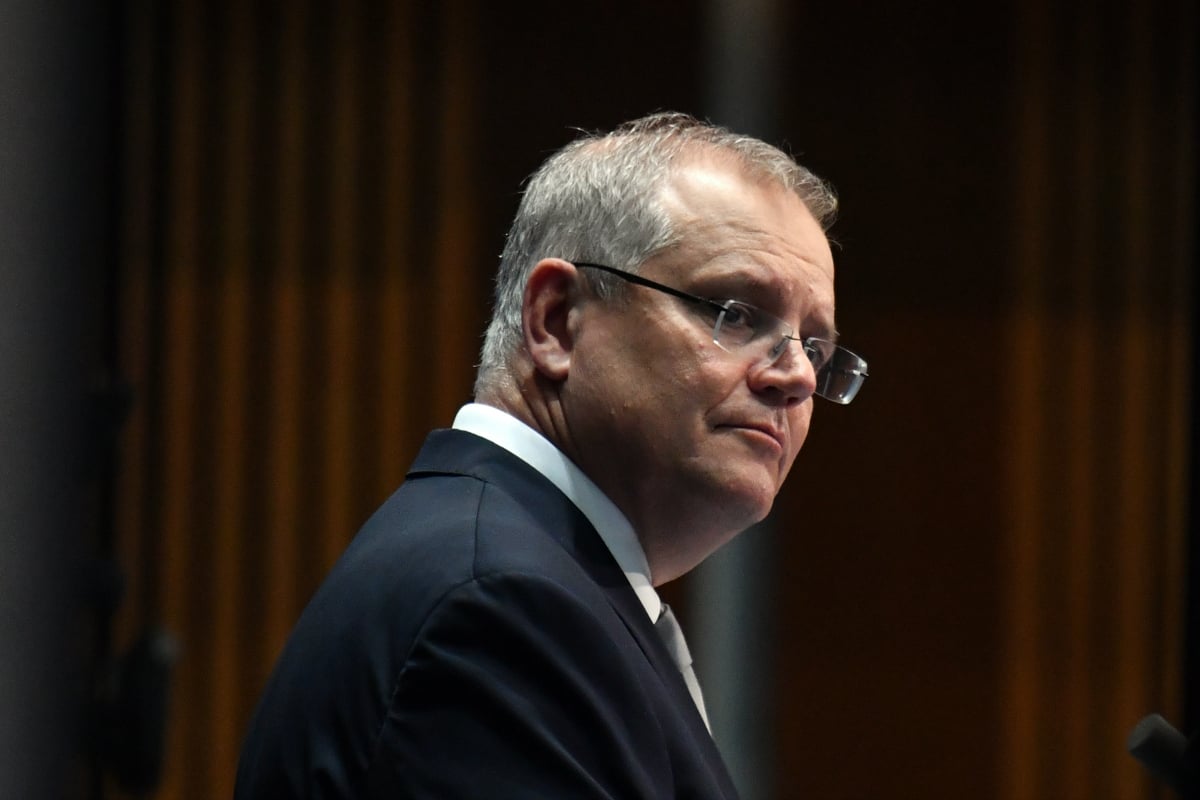
In a press conference on Thursday afternoon, Australian Prime Minister Scott Morrison said Australia is firmly in the “suppression phase” of its fight against COVID-19.
He noted that more than half of the people diagnosed with the virus in Australia have already overcome it, and that our all-important ‘reproduction rate’ is below one, which means each person who contacts the virus infects fewer than one person. That’s exactly what epidemiologists aim for in situations like these.


Top Comments
'if we can get our tracing capability up from where it is, then that is going to give us more options and Australians more freedoms.”'
War is peace. Freedom is slavery. Ignorance is strength.
And because the meaning of George Orwell's quote from the remarkably prophetic book '1984' may be lost on some of the readership, from sparknotes:
"By weakening the independence and strength of individuals’ minds and forcing them to live in a constant state of propaganda-induced fear, the Party is able to force its subjects to accept anything it decrees, even if it is entirely illogical—for instance, the Ministry of Peace is in charge of waging war, the Ministry of Love is in charge of political torture, and the Ministry of Truth is in charge of doctoring history books to reflect the Party’s ideology."
Admittedly, I have found some of your other posts somewhat incomprehensible, but on this topic of tracking, I completely understand what you mean and you are very much on the money. I am shocked how easily Australians have surrendered their freedoms and right to privacy in the name of 'keeping us safe'